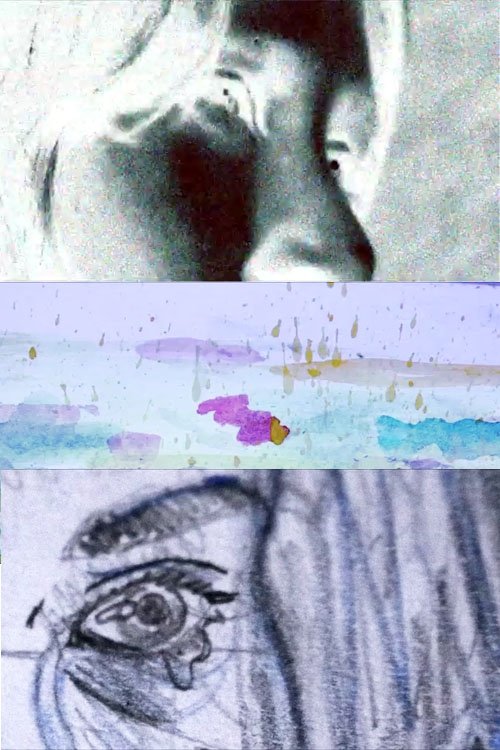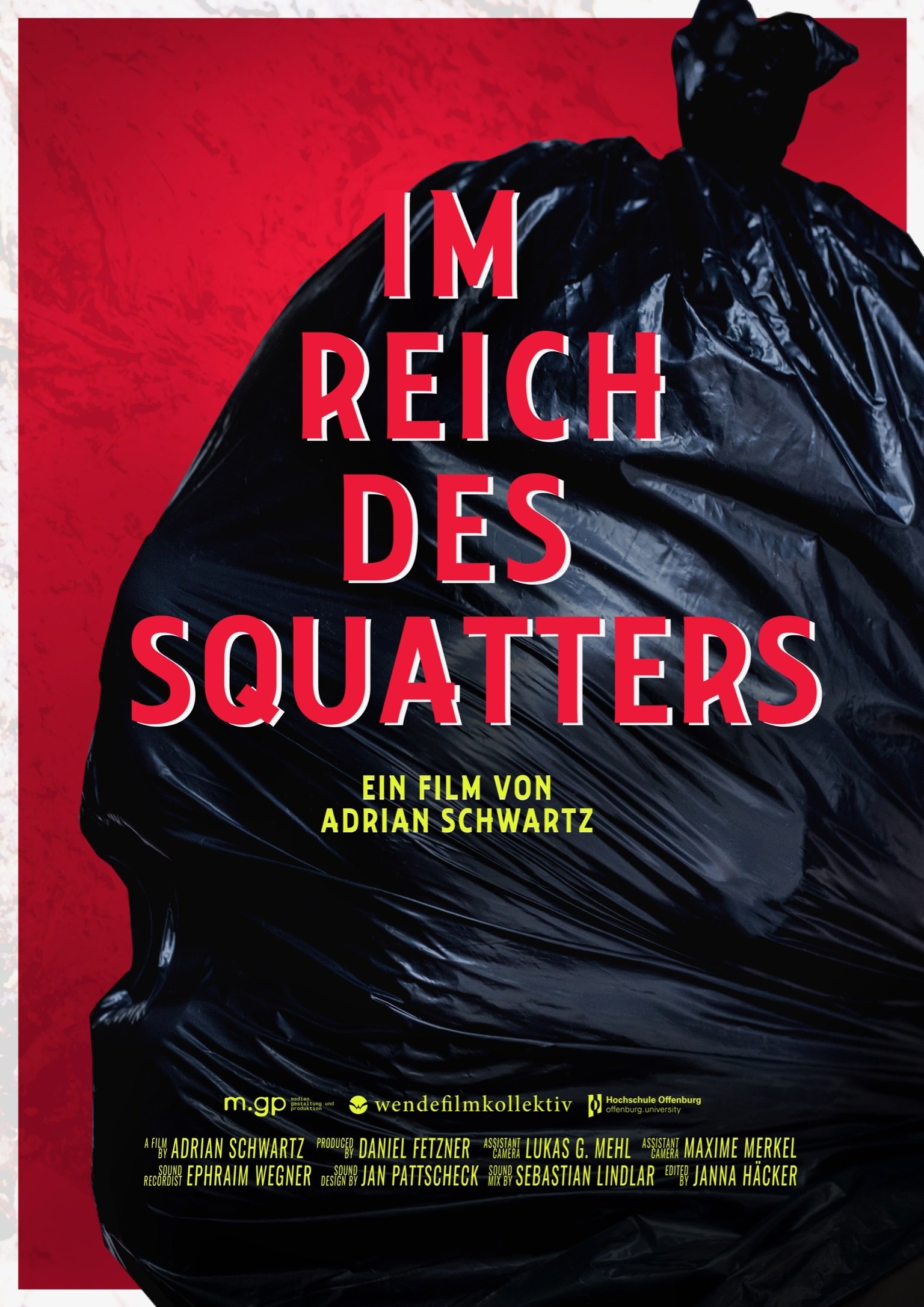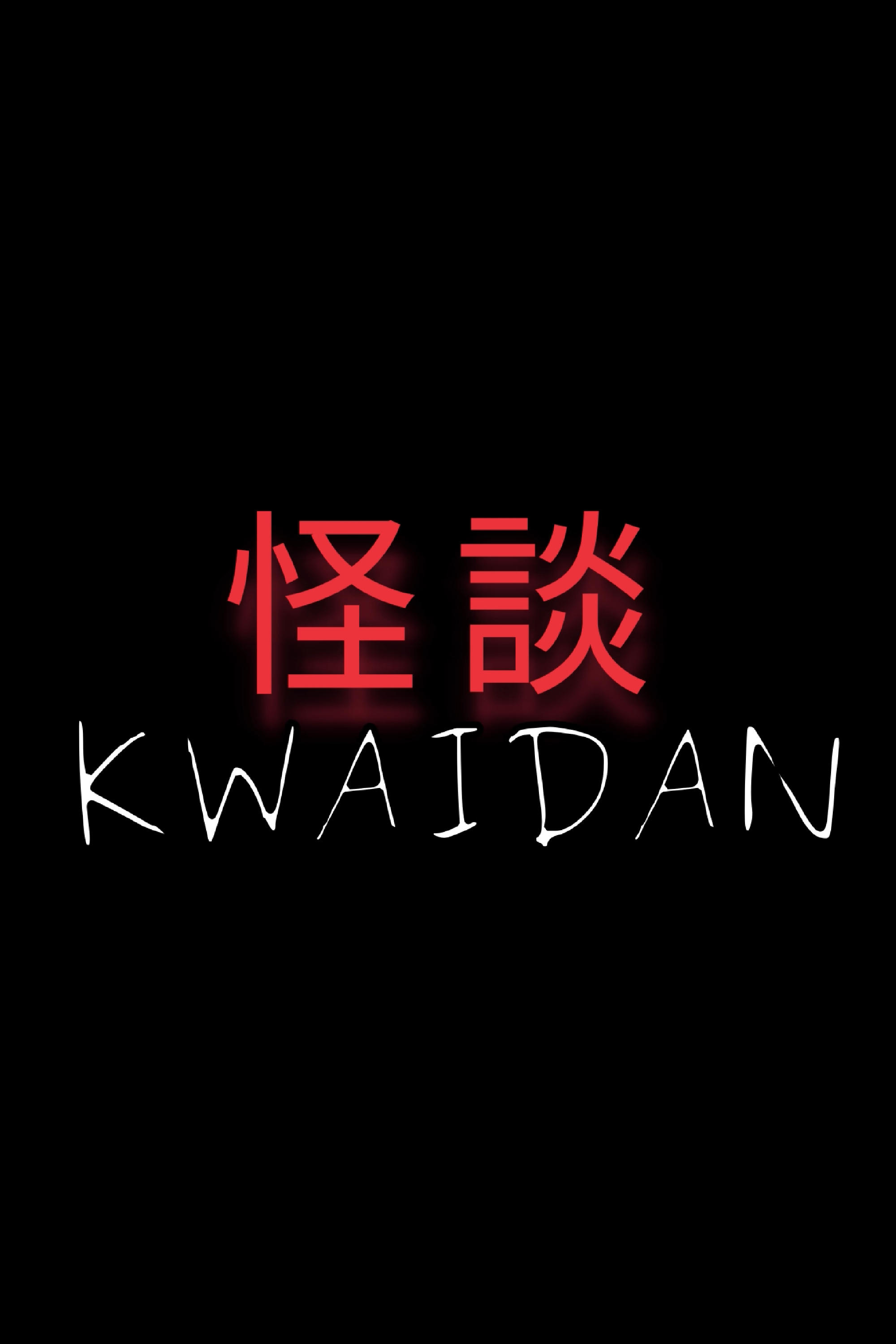Velvet Bayou (2022)
• May 5th, 2022 • 0h 3min
Documentary
Overview
A short film essay on Blue Velvet (1986) and The Man Who Fell to Earth (1976). The fact that Blue Velvet was almost shot in black and white is explored in comparison with the original scenes, as the choices of different directors (within a ten-year interval) when choosing Roy Orbison's music for their films.
Make sure to check your pop-up blocker!!
Trailer
Similar Movies

Vowellet - An Essay by Sarah Vowell
Released on: 2005-03-15
Documentary
This Pixar documentary short follows Sarah Vowell, who plays herself as the title character, on why ...
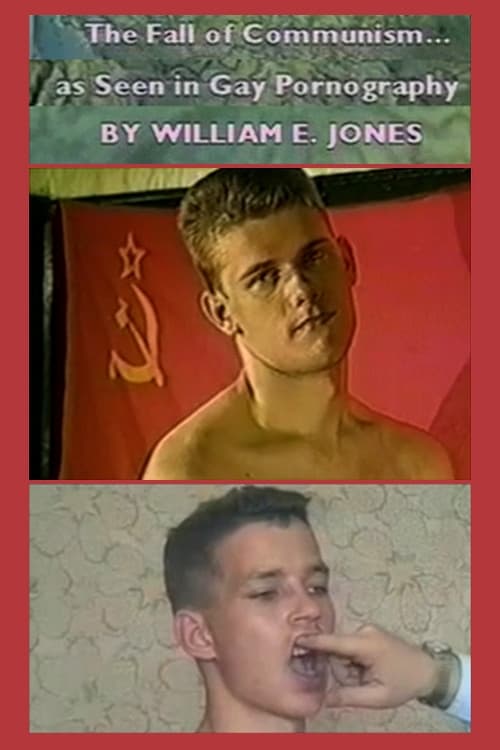
The Fall of Communism as Seen in Gay Pornography
Released on: 1998-01-06
Documentary
Every image in The Fall of Communism as Seen in Gay Pornography comes from gay erotic videos produce...
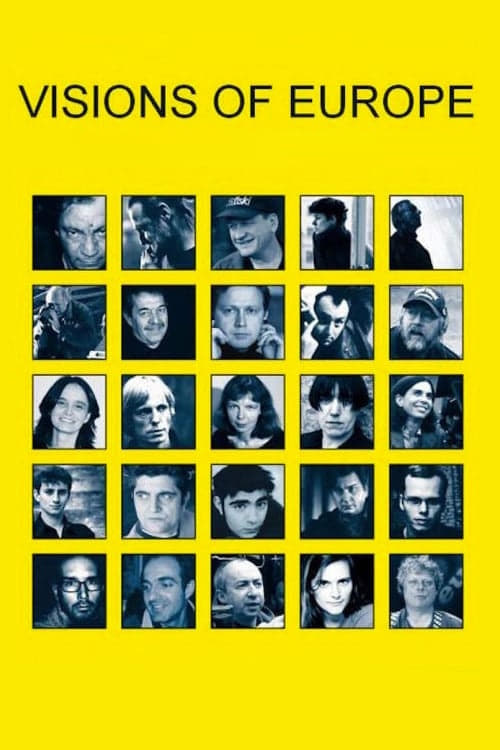
Visions of Europe
Released on: 2004-05-01
Documentary, Comedy, Drama
Twenty-five films from twenty-five European countries by twenty-five European directors.
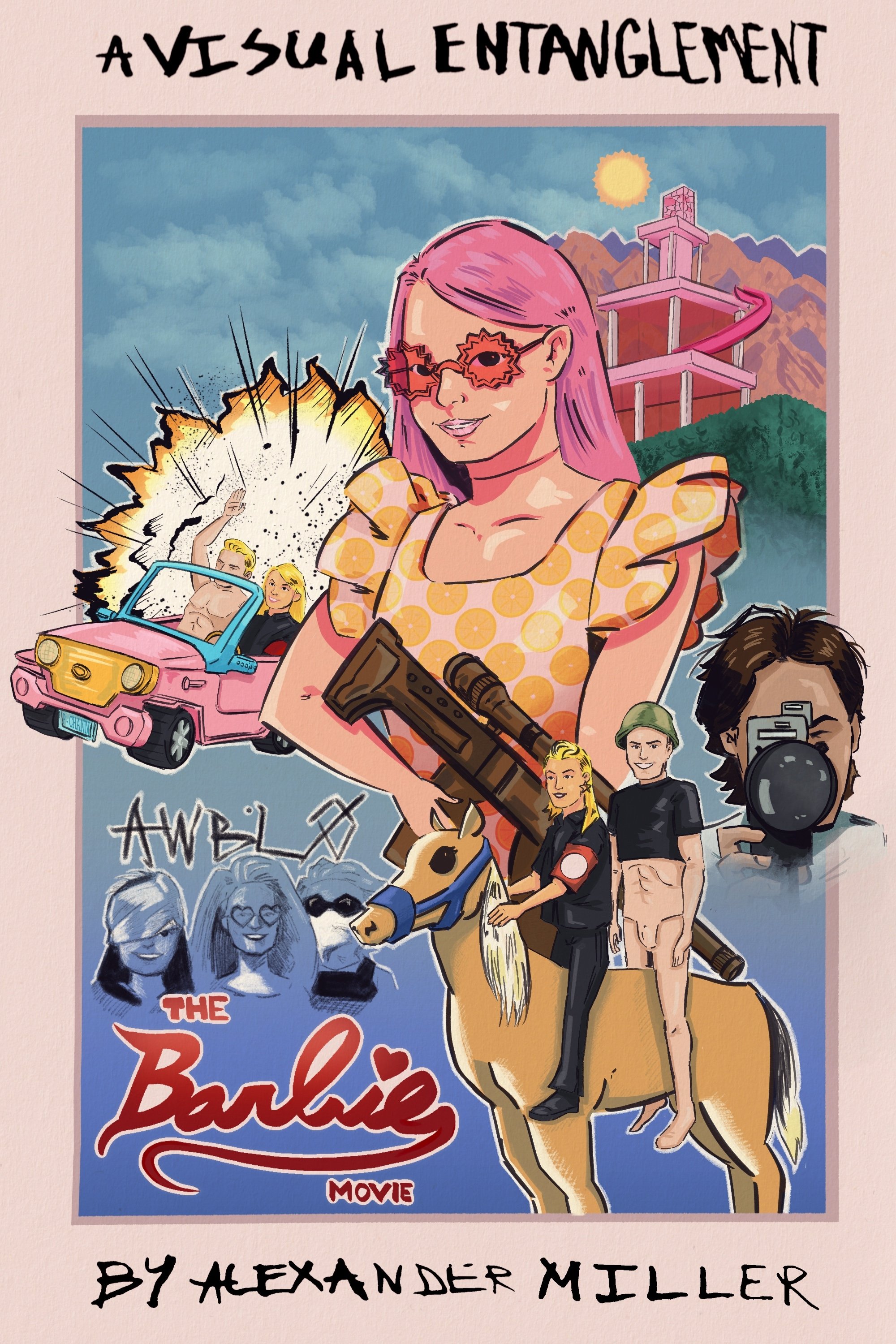
The Barbie Movie
Released on: 2025-03-10
Documentary
Equal parts documentary, visual essay, experimental collage narrative, and parodic homage to and of ...
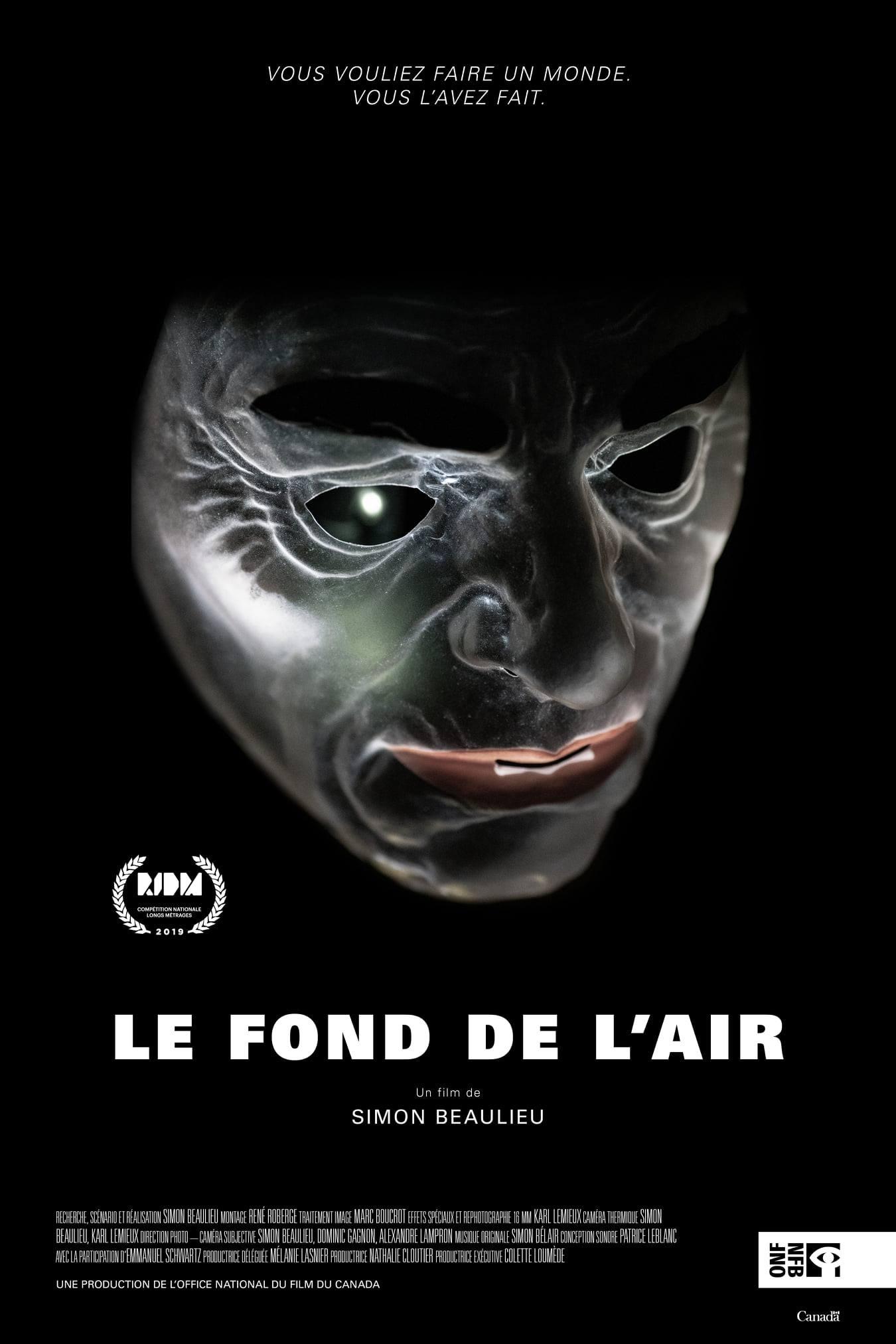
White Noise
Released on: 2019-11-16
Thriller, Documentary
A reflection on the fate of humanity in the Anthropocene epoch, White Noise is a roller-coaster of a...
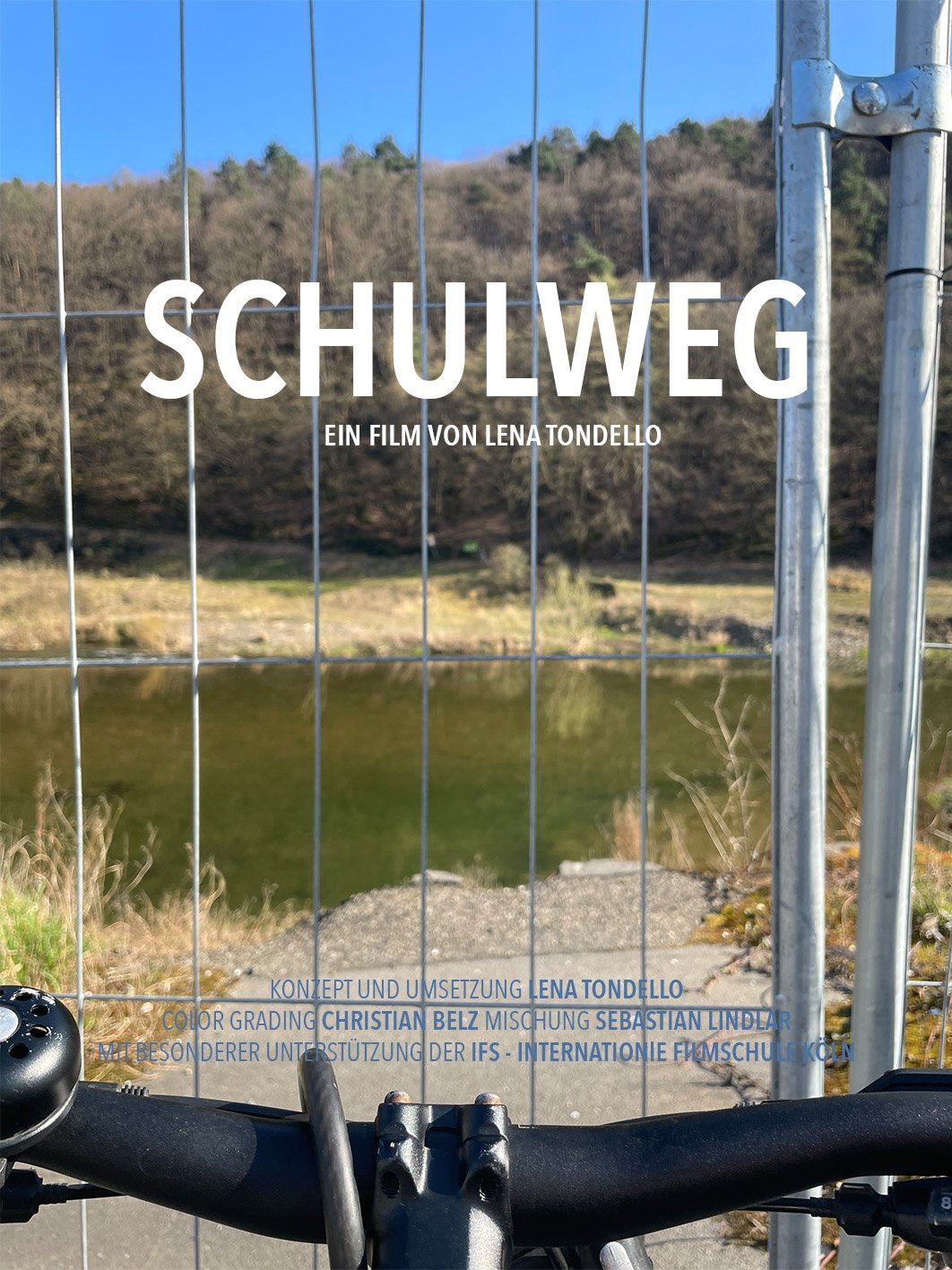
Off to School
Released on: 2025-11-21
Documentary
In July of 2021 there was a flood of catastrophic scope in the Ahrtal Region of Germany. 135 people ...
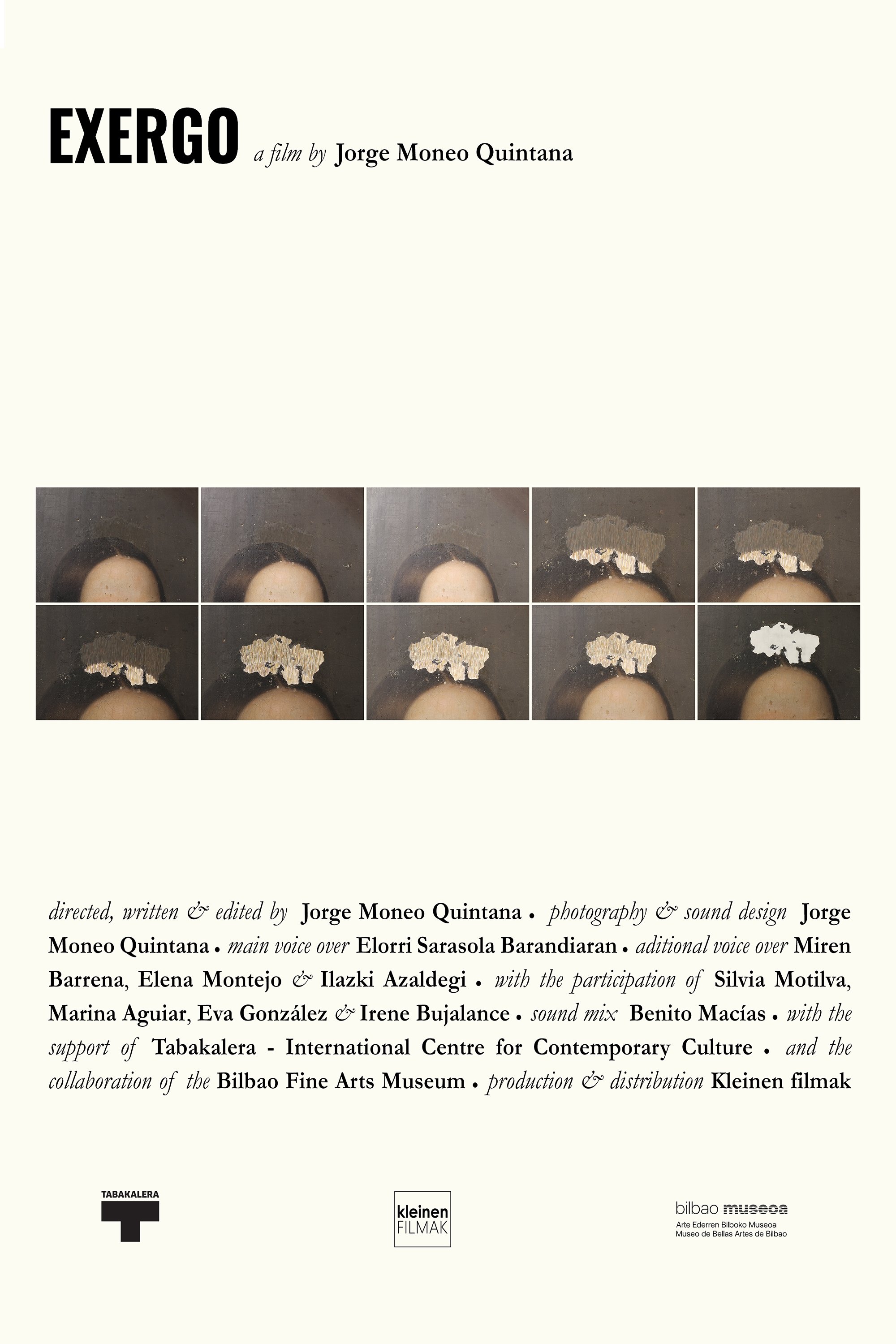
Exergo
Released on: 2024-05-04
Documentary, Drama
Departing from peripheral details of some paintings of the Bilbao Fine Arts Museum, a female narrato...
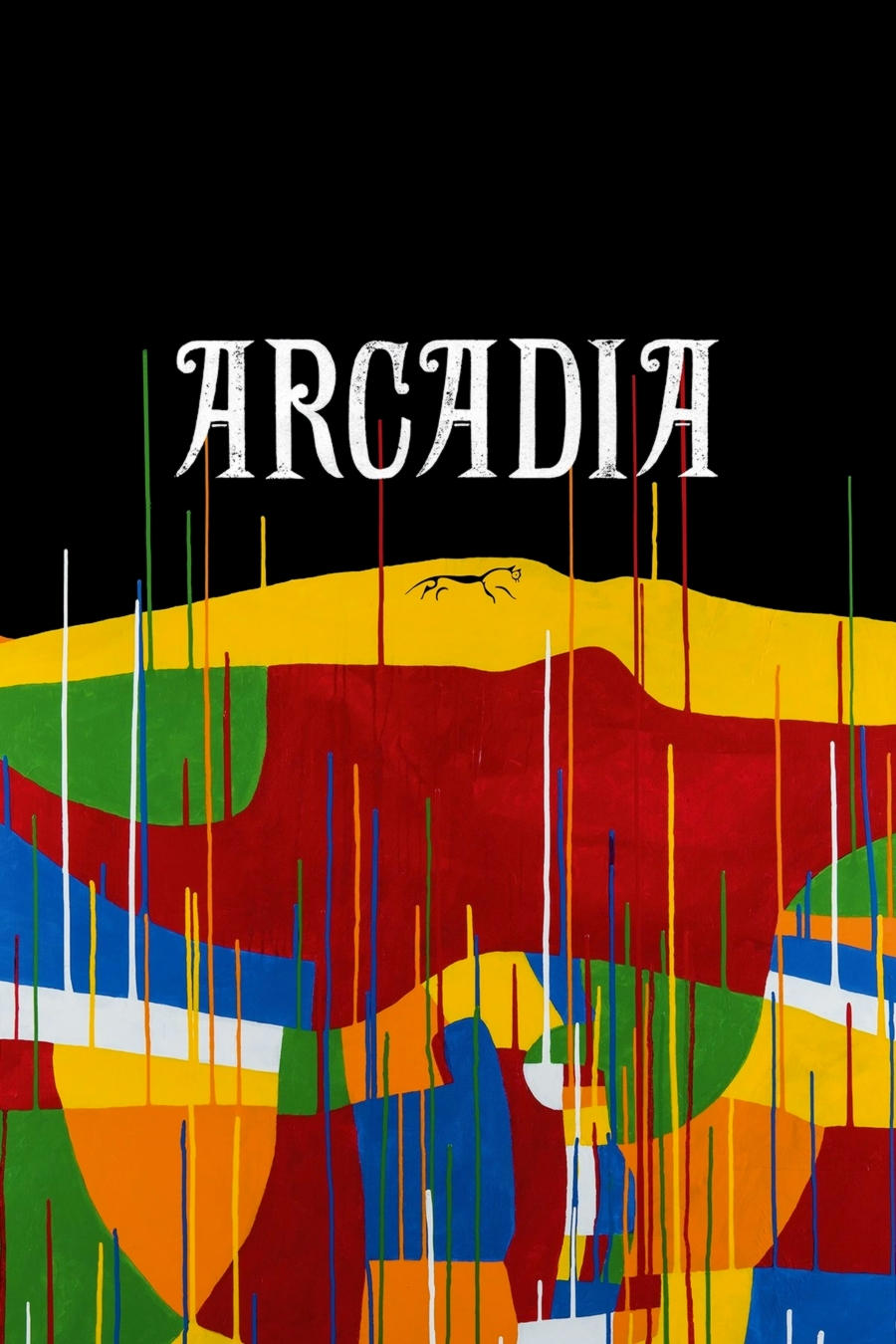
Arcadia
Released on: 2017-10-08
Documentary
A provocative and poetic exploration of how the British people have seen their own land through more...

Donosti 2730
Released on: 2024-03-16
Documentary, Drama
A youngster writes a letter to his grandmother about his last trip to Donosti (Spain). This city ins...
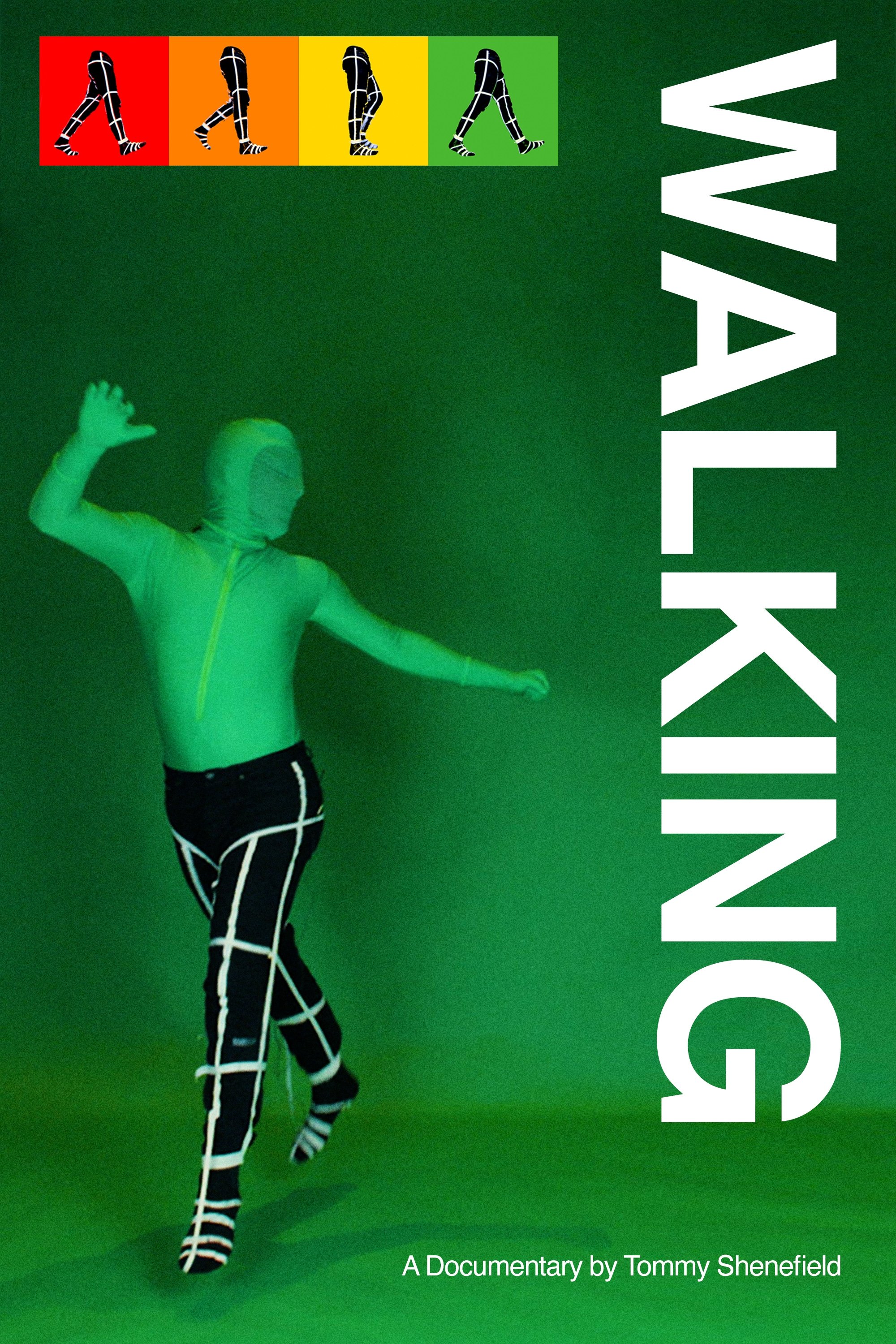
Walking
Released on: 2024-04-26
Documentary
Tommy sets out to document walking. He meets a colorful cast of characters, attaches microphones to ...
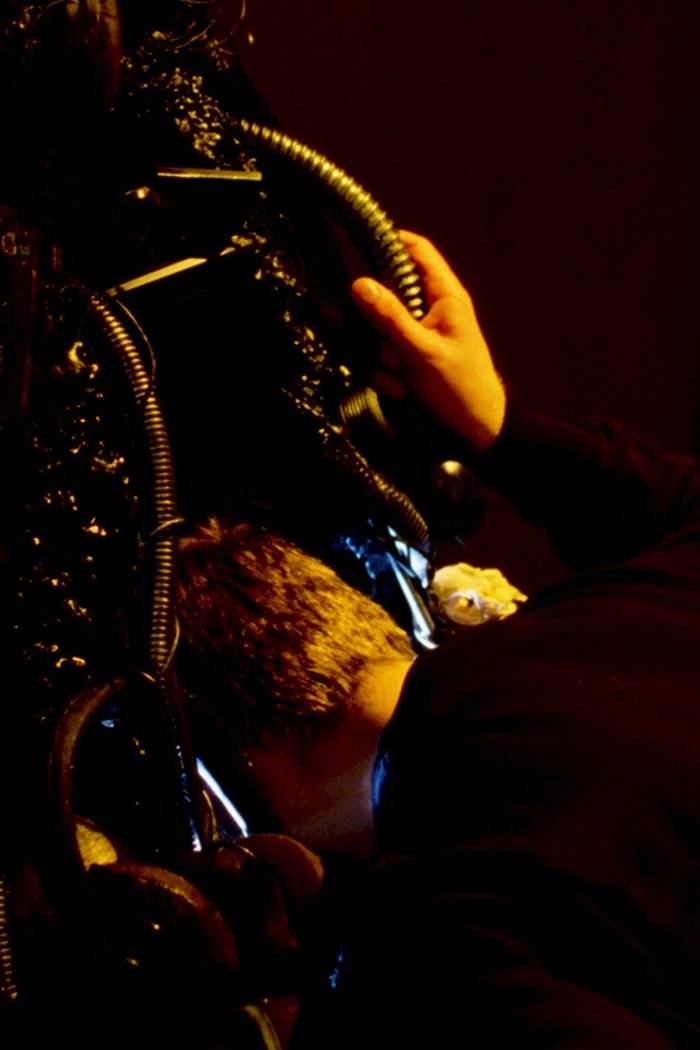
The Weight of Sight
Released on: 2024-01-23
Documentary
The Weight of Sight is a playful and very personal essay where director Truls Krane Meby, through a ...

F for Fake
Released on: 1973-09-01
Documentary
Documents the lives of infamous fakers Elmyr de Hory and Clifford Irving. De Hory, who later committ...
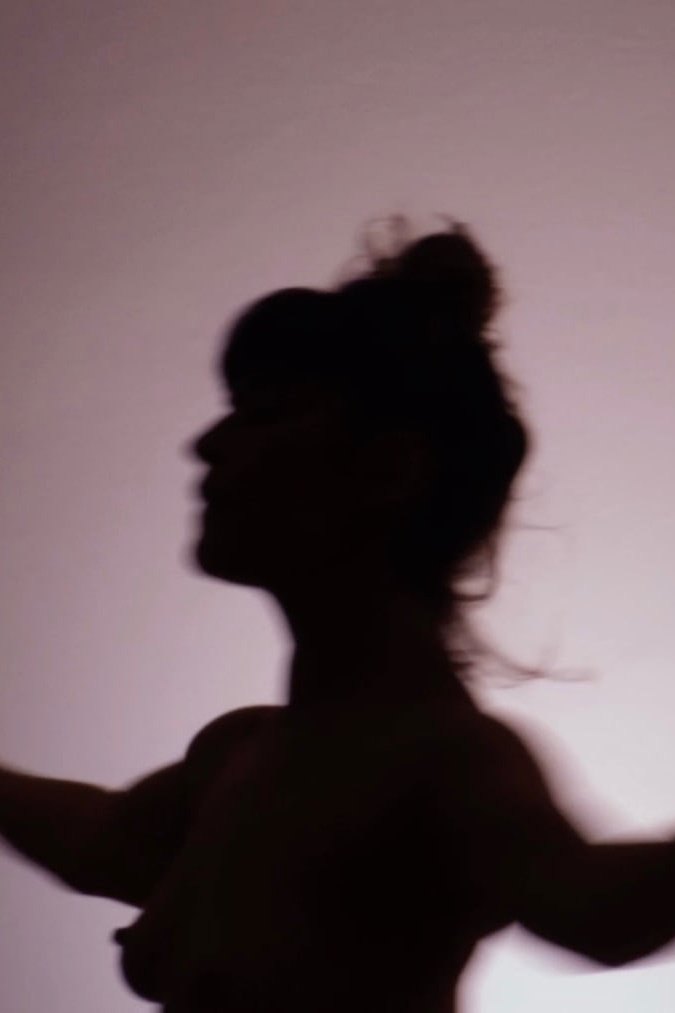
Unpublished Visions
Released on: 2021-07-01
Documentary
Four filmmakers working in the region of Galicia (in the northwest of Spain) follow and portray on t...
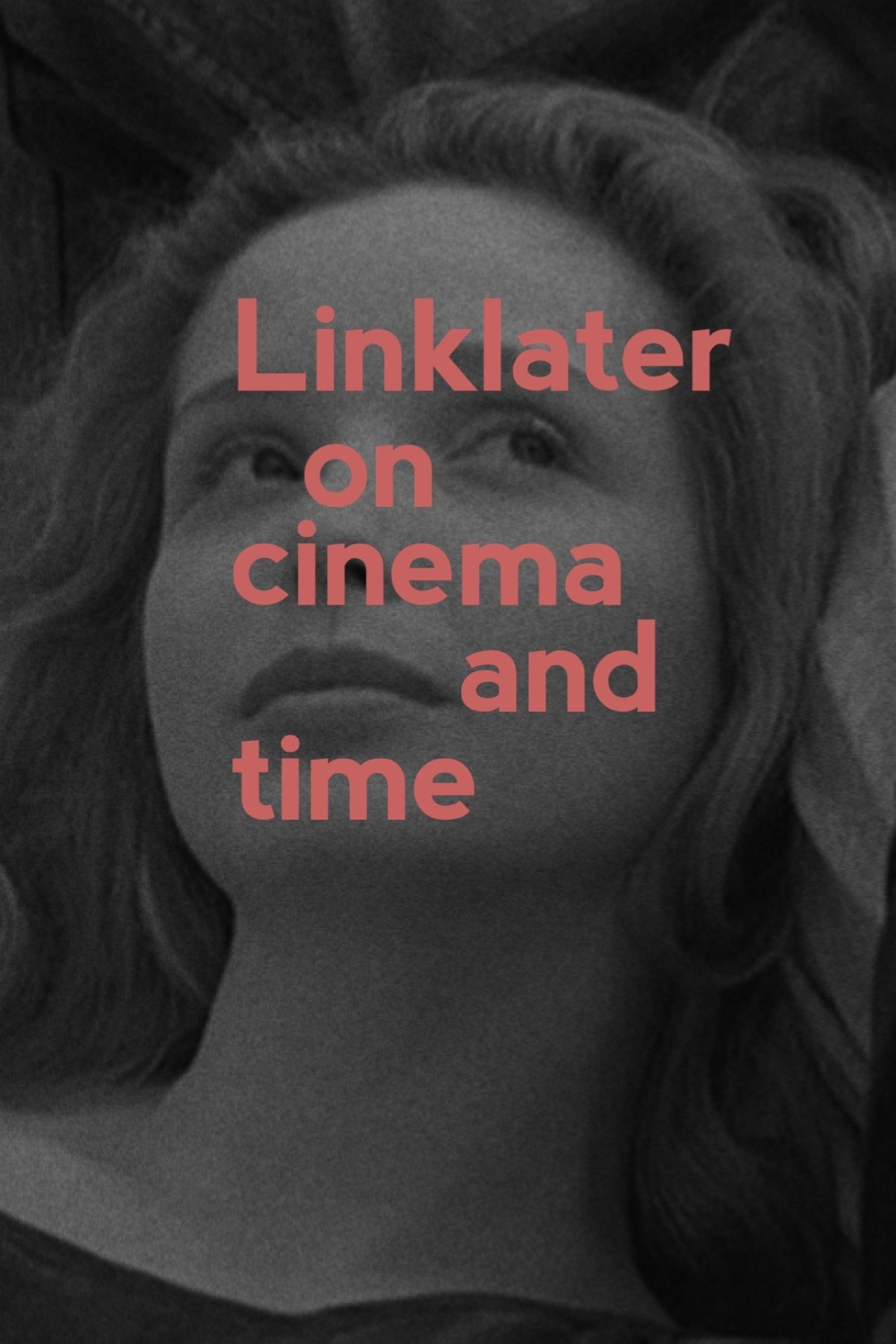
Linklater: On Cinema and Time
Released on: 2013-12-04
Documentary
If cinema is the art of time, Linklater is one of its most thoughtful and engaged directors. Unlike ...

sin título
Released on: 2021-07-31
Documentary, History
"The prevailing stigmatization of the 'villero' universe is fed back by the images. In order to dism...
